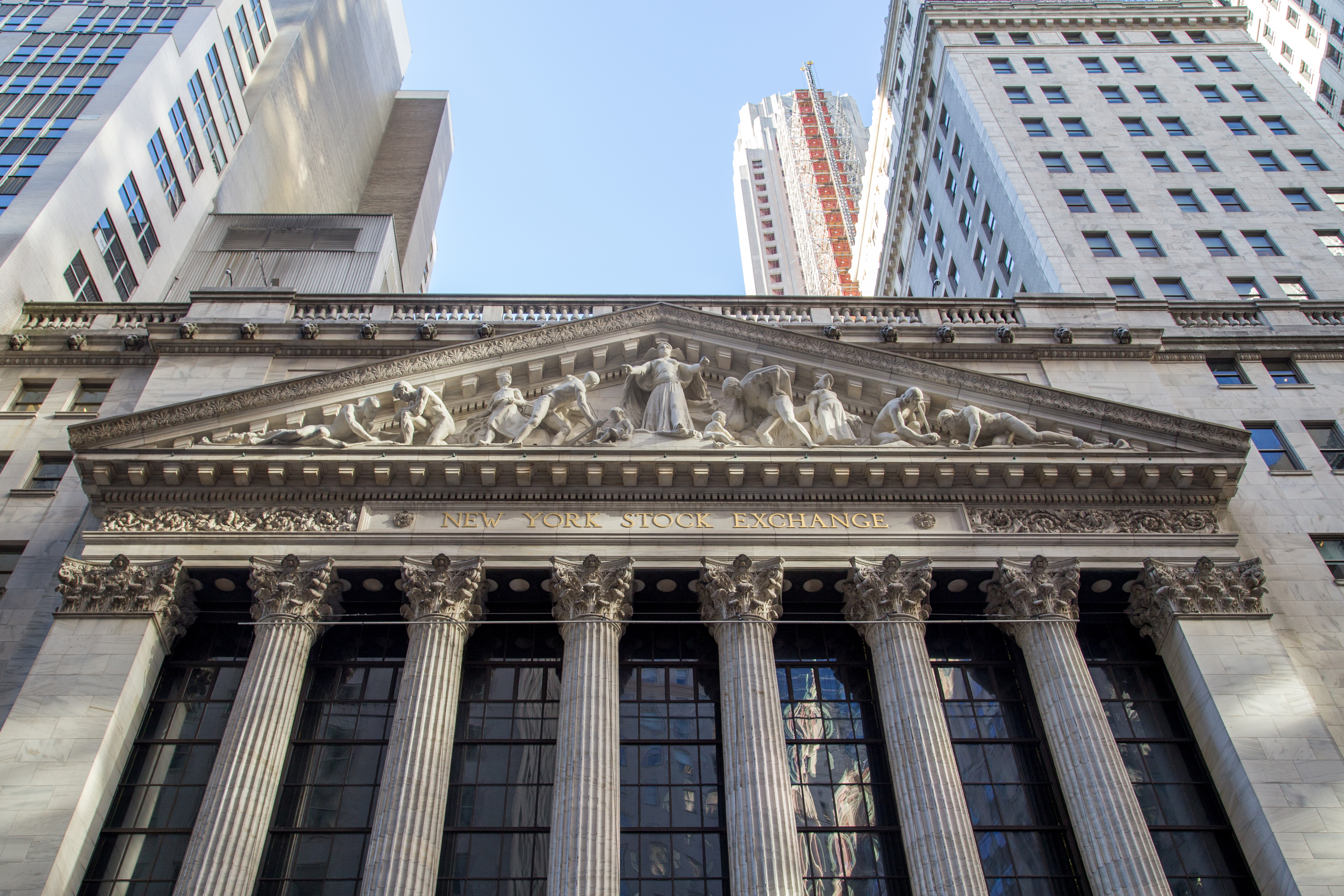
IT has been 10 years and a day since Wall Street’s investment banking giant Lehman Brothers suddenly collapsed.
An unprecedented crash and financial cataclysm, fuelled by greed and irresponsible lending, whose destructive shockwaves heralded the 2008 global banking crisis and a decade of austerity we are still suffering from today.
I remember the period all too well, and it still gives me shivers and sleepless nights. Like so many other SMEs (small-medium enterprises) reliant on the banks and their range of services, I was unexpectantly pulled in by my mine, The Bank of Scotland, and put under the sword.
New words were thrown at me like confetti. Confusing words I had never heard of but wish I had, if only to win a game of Scrabble. They were threatening words like Libor (London Interbank Offered Rate) and Ebitda (Earnings before Interest Tax and Amortization) which, even though my company was paying its loans on time and servicing its overdraft, meant the bank now viewed my company and all my hundreds of staff as a risk not worth continuing with.
And so with malice and intent they hiked up my repayments and interest rates, undervalued my units (even though they were profitable) well below their true value to a forced sale value, stopped my overdraft facilities, and became very frustrated and agitated tbecause I didn’t have a personal guarantee with them.
They wanted to know the value of my home and any other personal assets I had in order I could pass them over to them and then to cap it all off made me pay for one of their favoured “independent” companies who were experts in insolvency and liquidation to write up a biased report that qualified their reasoning, hiking of rates and pulling of resources.
And all so they could put me under and claw back monies they had incredibly determined as bad debt, at a pittance of the true value and more importantly had no need of as their losses had already been covered by a taxpayer bail-out of billions.
I’m glad to say that they didn’t get their wicked way and a deal was eventually struck. But the mental torture they put me, my family and those who worked for me through, was inexcusable, unnecessary and something which will never be forgotten or forgiven.
The lives they set out to ruin and the mental pain they inflicted should have seen them all jailed. Instead – with the typical UK family said to be £23,400 worse off than it was before 2008 and average wages in real terms down £800 – it is the rest of us who have been doing the doing hard time.
It does not look as if it is going to get easier any time soon.

Enjoy the convenience of having The Sunday Post delivered as a digital ePaper straight to your smartphone, tablet or computer.
Subscribe for only £5.49 a month and enjoy all the benefits of the printed paper as a digital replica.
Subscribe